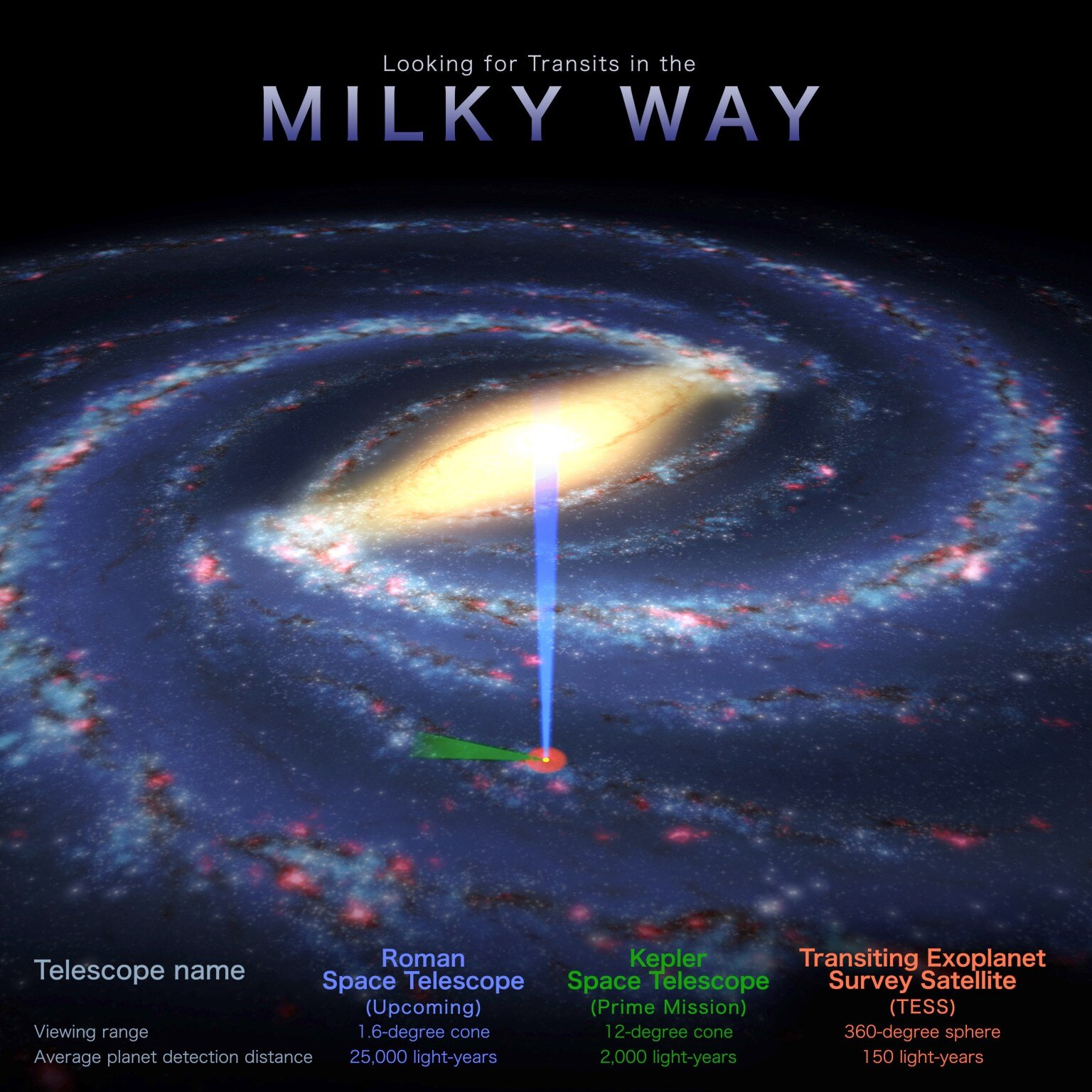Astronomers have found a triple star system with shorter mutual orbits than any previously recorded, breaking a record that goes back almost 70 years. The system serves as an extreme laboratory for the formation and development of star systems.
Like the Sun, many stars live their lives alone, other than a collection of planets. Most, however, exist in binary systems where two orbit each other like a married couple. Like human relationships, some are so close their interactions lead to frequent explosions, while others are so far apart they (or any sentient inhabitants of their planets) barely need to acknowledge each other’s existence. Naturally, there are many combinations in between.
It’s rarer, but still far from unusual, to find systems with three or more stars. When this happens, however, it‘s seldom an equal partnership. Far more common is a situation like that of our nearest neighboring star system. Alpha Centauri A and B orbit each other at a distance like the Sun and Uranus, while Proxima Centauri is very much on the outer, roughly 10,000 times as far from the pair as Earth is from the Sun.
A newly discovered triple system, TIC 290061484, also has two stars considerably closer to each other than either is to the third, but that doesn’t make the outermost star a distant intruder. Instead, it orbits the common barycenter of the system in 24.5 days; for comparison, it takes Mercury 88 days to orbit the Sun. Meanwhile, the inner stars are in an exceptionally tight embrace, taking just 1.8 days to circle each other.
The three stars are all hefty, and remarkably similar at 6.85, 6.11, and 7.90 solar masses respectively. Stars like that burn bright, with temperatures three and a half to four times that of the Sun. There’s even a fourth star associated with the system, but at a distance greater than Jupiter’s and an orbit that lasts nine years, it’s more an observer than a participant in the dynamics of the system.
A remarkable aspect of this discovery is how long it has been since we found the previous record-holder. λ Tauri is a three-star system where the outermost star takes 33 days to orbit, and was discovered in 1956.
The spectacular advances in telescopes since then, including the placement of instruments in space like the Transiting Exoplanet Survey Satellite (TESS), responsible for this discovery, have seen us map the movements of millions of stars. Failing to find any with a closer third component made astronomers wonder if they had found some fundamental limit that prevented closer systems from forming.
There could be many other close triple systems waiting to be discovered in data collected by TESS or GAIA. TIC 290061484’s distinctiveness was only identified because the stars pass in front of each other from our perspective, leading to dips in their light like those caused by the planets TESS is designed to seek. Neural nets searching through TESS’s data identified TIC 290061484 as worthy of further investigation.
The light curve as the three stars pass in front of each other.
Humans are still better at the next stage than the machines, and citizen scientists looked through the examples flagged by the computers. They recognized TIC 290061484 as something special, passing it on to Professor Saul Rappaport of MIT and other professionals, earning themselves co-authorship on the resulting paper in the process.
“We’re mainly looking for signatures of compact multi-star systems, unusual pulsating stars in binary systems, and weird objects,” Rappaport said in a statement. “It’s exciting to identify a system like this because they’re rarely found, but they may be more common than current tallies suggest.”
The fact the stars orbit in a plane side-on to us was crucial to the discovery, but having the same plane for all three also increases the system’s stability.
“We think the stars formed together from the same growth process, which would have disrupted planets from forming very closely around any of the stars,” Rappaport said.
This contrasts with systems like Alpha Centauri, where Proxima is thought to have been temporarily captured by the larger stars’ gravity, rather than having formed with them. Systems where the stars formed and stayed together interest astronomers much more than these sorts of temporary arrangements.
The stars are so tightly bound that they will end up merging, as they puff up in their giant phase. Stars this large have short lifespans, astronomically speaking, and are expected to have at most 40 million more years to live. Individually, they are almost massive enough to end as supernovae, and the combined mass will certainly be sufficient to go out with a bang.
“Thanks to the compact, edge-on configuration of the system, we can measure the orbits, masses, sizes, and temperatures of its stars,” said NASA’s Dr Veselin Kostov, the paper’s first author. “And we can study how the system formed and predict how it may evolve.”

A comparison of the areas of the galaxy studied by Kepler, TESS, and once launched, the Roman space telescope. Roman will be able to look towards the center of the galaxy where the most stars are.
Image credit: NASA’s Goddard Space Flight Center
The team considers the discovery an exciting taste of things to come when the Nancy Grace Roman Space Telescope, with a resolution hundreds of times greater than TESS’s, is launched. Now we have learned that three is not always a crowd, the authors of this discovery are wondering how much larger the tightly packed star systems can get and still stay together until death do them part.
The study is published in The Astrophysical Journal.
Source Link: Three Stars Found In The Closest Ever Recorded Embrace